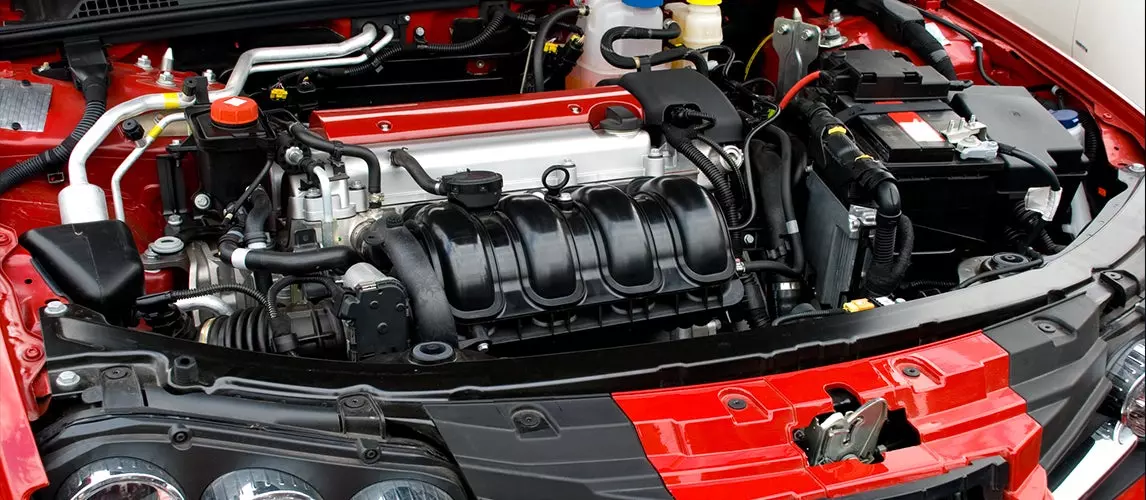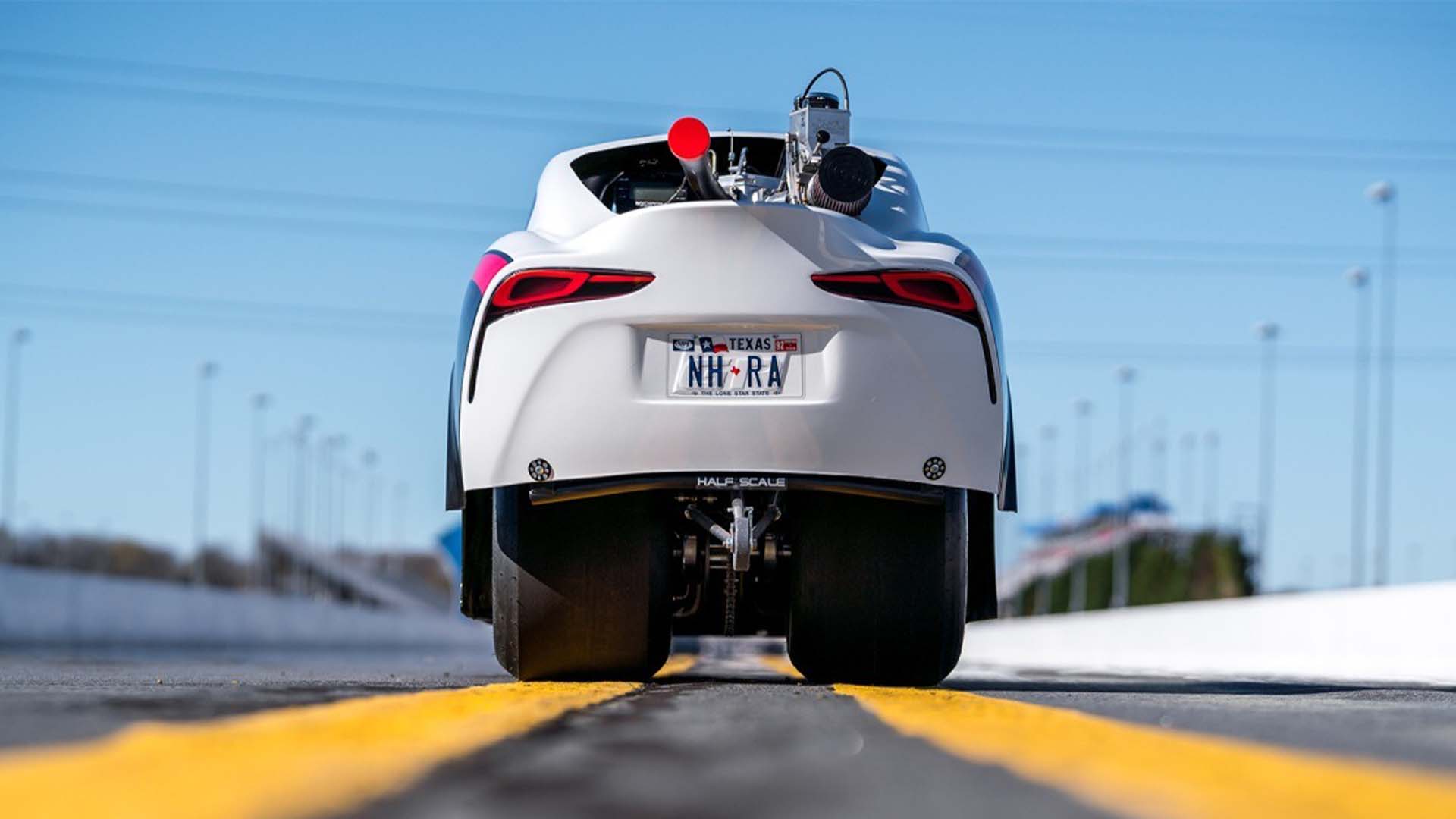There’s no denying that transportation technology has made a hug leap forward in the last couple of decades. The evolution of the motor vehicle has not only had an affect on the design of the aesthetics and shape but there has also been a shift in the way a car is put together mechanically. Engines used to be a raw mechanical effort held together by nuts, bolts and screws. When they went wrong the main way of diagnosing the problem used to be through knowledge and trail and error.
Now as we enter 2019, the diagnostics of a vehicle rely heavily on the feedback from a reader of fault codes from an engine ECU (this is where information about the cars performance is stored) such as from the OBD2 diagnostic tool which can be picked up online with the price starting from $6.99, this will point you in the right direction because the inner workings of a car are now heavily electronic. Some problems are still fixable with a little know how such as in the case of a misfire. Most misfires now can be instantly diagnosed with the reader and it will tell you exactly where the fail is. If you don’t have a fault reader, don’t worry, I will explain later in the article how to diagnose and fix a misfire the old school way.
Related Post: Best OBD2 Scanners
What Actually Is A Misfire?
A combustion engine works on the principle of the induction of fuel and air mixed, compression of them inside the cylinder, power from the spark and exhaust of the burnt gas (I later found an easy way to remember this operation as Suck, Squeeze, Bang, Blow). A misfire occurs when something in the sequence fails. Most engines have four cylinders so the car will keep running even if one cylinder stops working just not at its full potential.
That’s where the name misfire comes from, it’s the misfiring of one of the cylinders. If you imagine inside each cylinder and with every revolution of the pistons a small controlled explosion occurs you can see how much stress the engine is under. Therefore its fairly understandable to think something eventually will break. Engines are built to control this explosion in the most efficient way possible, too deliver the maximum power output. That’s why when something goes wrong in the engine block it can really effect the performance of the car. No controlled explosion equals no performance.
Diagnosing and Fixing
There are a few ways of diagnosing a misfire. The first thing to work out is which cylinder is not pulling it’s weight and misfiring. A trick I learnt from a former colleague is to, if you have one, get a laser temperature gauge and aim it at each cylinder. The cylinder with the fault will be cooler than the regularly firing cylinders.
You don’t need to rely on gadgets when diagnosing a misfire though. To work out where the fault is you need to go step by step through the firing system and find out whether the fail occurs due to a problem with the spark, fuel or compression. Finding an issue with the spark is not only the most common fault but also one of the easier fixes. If your engine had individual spark plug leads begin by letting the engine tick over on idle and remove each plug lead one by one.
Each time you remove a plug lead on a working cylinder it should effect the running of the engine further quite drastically, as like I told you earlier if you remove the spark from a working cylinder it will then start to fail. Making an already faulty engine run on two less cylinders than it’s supposed to counting the already misfiring cylinder, it will therefore become more erratic because there is no sequence in its operation and when an engine is at full performance it is balanced. The balance of an engine is achieved when all of the cylinders are firing at the correct time. When you remove the lead from the spark plug and cylinder with the fault, it will not effect the engine. You then know which cylinder the misfire belongs too. This is not always the case, as some spark plugs have a coil pack that goes directly to the plug. If this is the case then it is necessary to remove each spark plug to compare them.
Some things to remember and take care of when removing the spark plug are that components could be hot and the ignition system works on high voltage (if you get a shock from a plug lead or coil pack you’ll not make that mistake again, it has the potential to give you a heart attack). The plug itself is made of porcelain and can easily be broken. The last thing you want to do is drop broken pieces of porcelain into the engine block as it could become a very costly mistake. The spark plug should also be torqued to a certain tightness to stop it coming loose while the engine is running. A good practice is to put a small amount of heat resistant grease on the thread of the plug to ease the removal of it next time.
When buying new plugs there are some things to remember. The car manufacturer may have originally installed plugs made with metals that are more conductive or suited for a longer life. These plugs are more expensive than the traditional ones, but the coatings provide much better resistance to wear and maintain their gap longer which will make them last longer. Never downgrade to a less expensive plug if the manufacturer has put a more expensive plug from the factory. Your financial savings will be made small or non existant by the shorter life of the plug and reduced fuel mileage. Consult your owner’s manual or ask the vehicle parts shop for the manufacturer’s recommended plug before you replace the plugs.
After removal the next step is to have a look at the spark plug to work out where in the circuit the fault starts. The coil pack sends the spark to the spark plug which creates the spark in the engine block. By removing the spark plug and looking at it, you should be able to confirm that you have the correct cylinder. The next step is to begin trail and error to fix the problem. Once by removing the spark plug you can see something unusual, for example, the air gap on the plug is off set or the plug is wet from the fuel not burning properly in the cylinder or it could look sooty.
The gap on a plug is very accurately set by the car manufacturer and therefore you should always be very careful not to alter the size of the gap when handling for a repair. This is because:
- narrow-gap potential fault: spark might be too weak/small to ignite fuel;
- narrow-gap benefits are the plug always fires on each cycle;
- wide-gap potential faults: plug may not fire, or miss at high speeds;
- wide-gap benefits are the spark is strong for a complete burn.
The go though and begin to change the spark plug for a new one, if that doesn’t make a difference when the ignition is started then go through the circuit and change the plug leads. If there is still no change then change the coil pack. Often on modern vehicles the coil pack will go straight to the plug without the use of leads. If this is the case then you may need to replace the pack.
Following the spark, if there still is a problem although it is rare, it may be occurring with the fuel injectors. After a while your engine’s fuel injectors may stop working because they get clogged up and dirty, especially if the car is only as a run around for darting short distances, as stopping and starting without letting the engine heat up properly can cause this. Fuel injector cleaners can easily be added to your tank via the fuel cap and solve this. You can also test the performance of the injectors by testing if they are opening to allow fuel in correctly with a circuit tester.
The loss of compression from one of the piston cylinders can cause a misfire. A blown head gasket can make the block lose pressure and if the leak is only across one cylinder then it will only cause one to fail. You can also perform a compression test so it can indicate what kind of loss of compression you are experiencing, such as a valve not sitting properly after it has opened.
If a problem still persists it may be time to take an L and go to the garage for a professional to make a judgement. You gave it a fair try though so don’t be disheartened.
Final Thoughts
Signs of a misfire begin with a loss of power or you will feel unusual movement in the vehicle, this will also mean the car will shake and vibrate while idling. Since the cylinder where the misfire will occur powers the engine, you will notice the amount of fuel your vehicle is using start to suffer since the remaining working cylinders have to compensate for the loss of power. Sometimes an engine will have misfires randomly, and only fail on occasion. This misfire may happen when it is due to the weather being cold. These are difficult issues to diagnose, so the vehicle needs to be looked at by a professional mechanic.
The temptation of a misfire may cause some people to ignore the problem and continue to run their vehicle because it is still functional. In doing so there may be damage caused to the catalytic converter. This is because fuel that isn’t burnt will go through it at heat and eventually will melt the insides. The fuel can also become mixed with the oil in the sump which will dilute the oil and cause it to not be as lubricative.
Also as a side note is that after you have fixed the misfire you should change the oil as the fault may have caused this to happened. Driving with a misfiring cylinder is dangerous and will cause damage to your engine. A loss of power while you are driving, or a loss of another cylinder can cause you to get into a car accident. If you have to drive the vehicle for an emergency these are some tips to drive it more safely. Keep an eye on the temperature of the engine via the gage on the dashboard, if the heat rises you can put the heaters on inside the car to extract the heat away from the engine or stop the car, open the bonnet and wait for it to cool down.
Below is a breakdown of a misfire and all of the possibilities it could be (if there your problem is not on the list it is unusual).
Possible faults:
- Ignition System – Spark plug, Plug lead, Coil pack, Wiring.
- Fuel System – Injectors, Wiring, Air Leak (such as on the manifold for the induction system or split pipes/Gaskets)
- Compression/Mechanical – Burnt out Valves, Piston rings, Timing of the engine in relation to the shafts (If the fault is one of these you have to take the vehicle to a professional as getting it wrong may result in the complete loss of the engine).
Sources:
- Misfiring – 5 Symptoms of Oil Deposits – HowStuffWorks
- Is it Safe to Drive With a Misfiring Engine? – YourMechanic Advice









